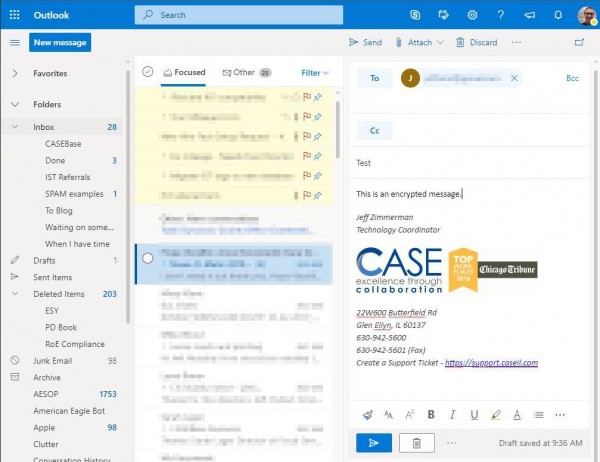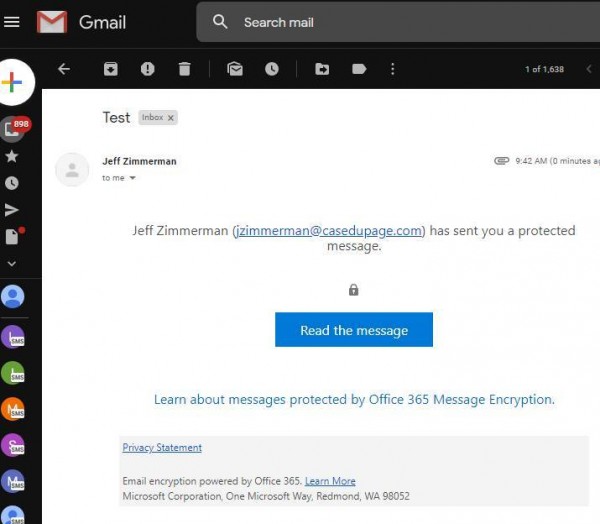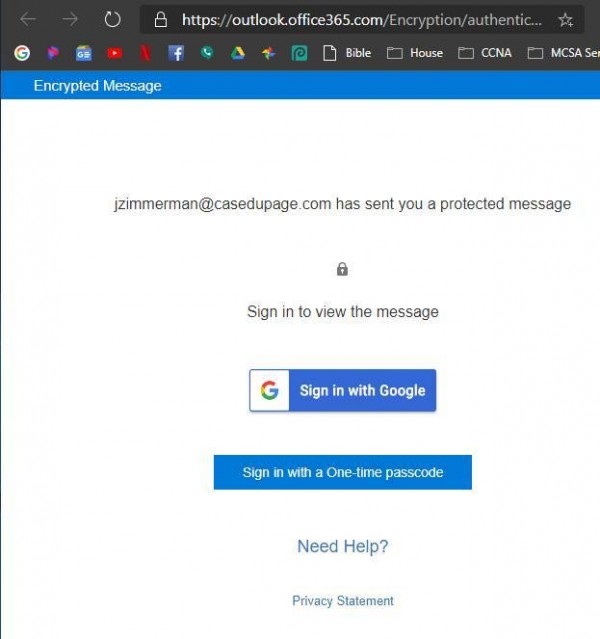Let’s talk a little about encryption. Encryption is useful because it’s kind of like taking a letter, sticking it in a blender, and sending the pieces to your friend who has a magical “unblender” that can put the pieces back together. That way, if somebody steals your mail, all they’ll get is confetti.
Now with email, the story is a little mixed. There is some encryption of your email already. Services like Outlook and Gmail encrypt messages while they are in transit. So generally you don’t need to worry too much about sensitive information getting read–so long as everybody involved has strong, unique passphrases for all of their services.
But as Microsoft explains, “the message might not stay encrypted after the message reaches the recipient’s email provider.” In other words, there is still a security risk if you send privileged information to an insecure email service provider or somebody’s personal account.
So if you really, really want to make sure that your email contents don’t get sniffed, you can encrypt them!
Microsoft Outlook gives you the option to encrypted any email you send. This option adds another layer of security, called Information Rights Management, which not only encrypts the message in transit, but keeps the message encrypted until the user specifically chooses to open it. Recipients who use Web-based email apps will be required to re-authenticate their identities to see the message.
This is a great tool for times when you need to send sensitive information to a trusted recipient.
Here’s how it’s done:
1. Write your message.

2. Click the “…” button at the bottom of your message and select “Encrypt”.

3. Send the message! That’s it! Here is what your recipient will see:

When they click “Read the message,” they will be prompted to log in using their email service credentials–in my case, Google.

Now a couple points of etiquette:
- Never, ever open an encrypted message unless you know who the sender is are and you have confirmed that they intended to send it to you. As you can see above, this would be an easy way for a cyber-criminal to obtain your usernames and passwords.
- Please tell your recipients in advance that you are sending them an encrypted message and why. I confess that I have not always followed this rule! Kudos to those employees who reached out to me to confirm that I sent it to them!
That’s all. Happy encrypting!

